
12 best natural period pads.
We've pulled the top 12 best period pads determined by Grove members. Select from any on the list and get them delivered to your door!
Read More


Last Updated: November 9, 2021
Switching to period cups is super sustainable and great for the planet … but it’s not the best feeling when they leak. Here are common reasons why menstrual cups leak and how to solve ‘em.
If you’ve recently switched to a period cup, you’re on your way to a more sustainable period, congrats! But menstrual cup leakage is never fun (Even though it can happen to the best of us!).
There are a variety of different reasons why leaks might happen. But, we at Grove and Sustain are here to help you avoid the frustration of most leaks with a few helpful tips (hint: some include using a backup like liners or period underwear).
Below are the 7 most common reasons why your cup might be leaking, and how to solve ‘em.
The number one reason why your cup might be leaking is because it hasn’t completely unfolded.
When your cup is inserted, it should “pop open” so that it suctions to the walls of your inner genitals. If the cup doesn’t fully expand, there will be a crease that causes it to leak.
To check this, you can feel around the base of the cup with your finger to see if there are any creases.
How to fold a menstrual cup when inserting it
A lot of people find that the punch-down fold works better than the C-fold (where creases are more likely the culprits of leakage).
Try using the punch-down folding method the next time you insert your cup to see whether it works better for you!
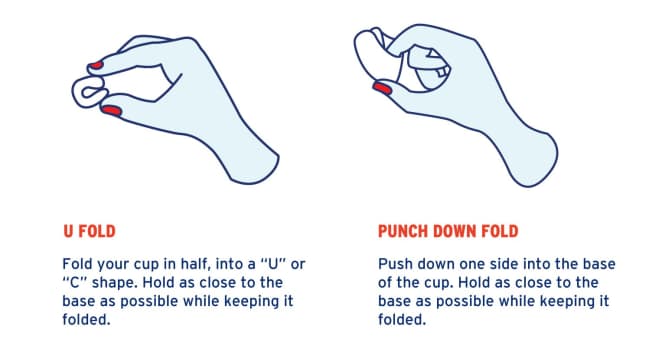
Reason #2 why your cup might be leaking is because the holes around the rim are clogged. The holes are there for a reason: When the cup fills up with blood, the air-pressure inside the cup increases and is released through the holes.
If the holes are clogged, the pressure cannot be released and the blood finds another way to flow: Around the cup. The holes on the Sustain period cup are slightly larger to try and mitigate this, but leakage due to the clogged holes can happen if you have a super heavy flow at any point during your cycle.
To avoid this, try to empty it more often during the first few days of your period/whenever your flow is heavier, and make sure the holes are clear before inserting.
You can clean the holes with a sterilized pin or toothpick, or fill the cup with water up to the rim, place your hand on the rim and press the cup— the water will woosh out through the holes and clean them!
Sustain Menstrual Cup is made of soft, flexible, medical grade silicone and can be used over and over again. It minimizes irritation and dryness and while you enjoy superior leak protection. The period cup comes with a case that can be used for storage and cleaning.
It’s possible that your cup is leaking because it’s overflowing. Although Sustain period cups are meant to hold between 20ml (size 1) to 29ml (size 2) of blood, everyone’s flow is different.
If you find that your flow is super heavy on the first few days, you can empty your cup more frequently until it feels like it has started to slow down.
We recommend checking every 3–4 hours if this is the case so you don’t have any surprise leaks!
The placement of your cup in your inner genitals is another common culprit of leaks.
The cup does sit lower down than tampons, but it’s possible that your cup is sitting too low in your vaginal canal, which is affecting its ability to properly suction.
To place it a bit higher, try inserting it while leaning forwards, and think about inserting it so that it is pointing forwards instead of upwards.
Sometimes it takes a bit of trial and error to find a way to insert it that works best for your body, so be patient with yourself if you don’t get it perfect right away.
Poop. It’s every 5 year old’s favorite topic, and it’s also a reason why you might be experiencing leakage.
When you #2, your muscles put pressure on your cup (you might be familiar if you’ve ever popped/pooped out a tampon), which makes it feel like it’s going to come out, but because of the suction to your vaginal walls ... it will not.
However, if your cup is full when these muscles are contracting, you might experience what is called a “fake leak,” which causes overflowing due to the pressure from your bowel movement.
These fake leaks are typically limited to a few drops, but to avoid them you can wear some period undies or a liner while wearing your cup.
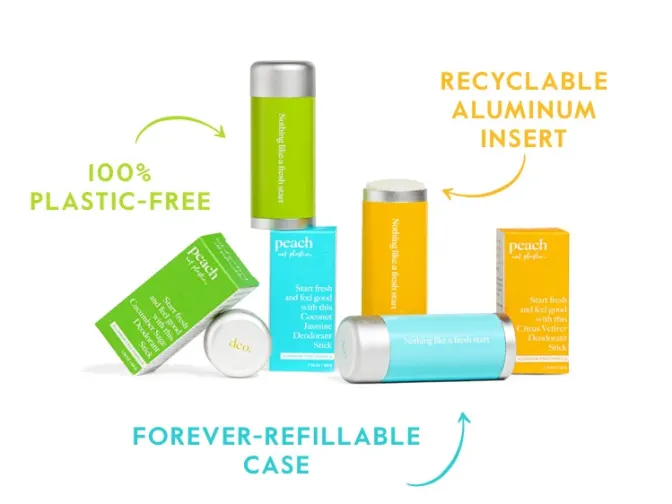
U.S. companies make 76 million pounds of plastic every day, but only 9% of plastic is recycled. At Grove, we think it's time to stop making plastic. How are your shopping habits contributing to the Earth's plastic pollution?
Peach Not Plastic is removing plastic from personal care with innovative hair, face, and body care. Try it and help us continue to remove plastic from our oceans!
It’s possible that your pelvic floor muscles are super strong!
If you’re a pro at doing kegels and know your full bladder is no match for your pelvic floor strength, it’s possible that these muscles are also squeezing the walls of your cup (like you do when you take it out) so that it creases and then begins to leak.
If this is the case, arm yourself with some backup like period underwear or liners.
Last but not least, it’s possible that your cup just isn’t the right fit!
If you notice that your Sustain period cup is leaking on all sides and find that you have to dig to take it out, it’s possible that you should make the switch to a larger size (like size 2). Or if you find that your size 2 won’t fully open no matter the fold, you may have to downsize to size 1.
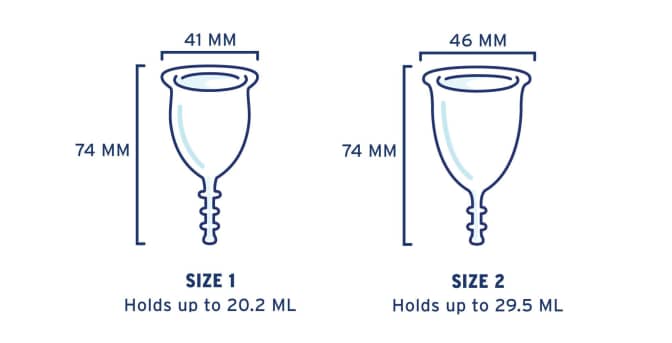

We've pulled the top 12 best period pads determined by Grove members. Select from any on the list and get them delivered to your door!

Learn everything you need to know about condom sizes, types, usage, and options for a guaranteed sexy and safe encounter.
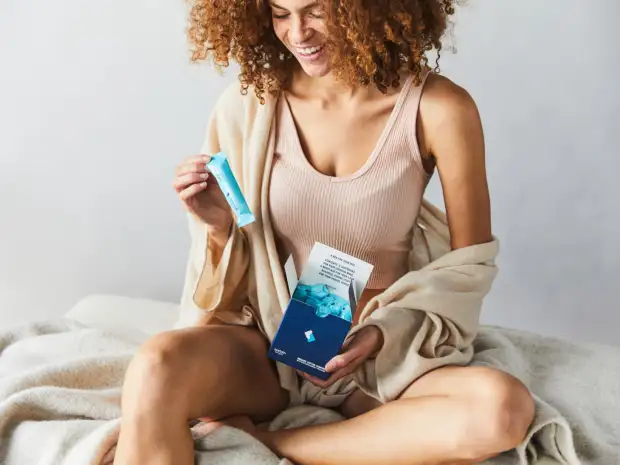
Let's breaks down the info you deserve to know around the period products you're putting in your body — and the footprint they leave behind.
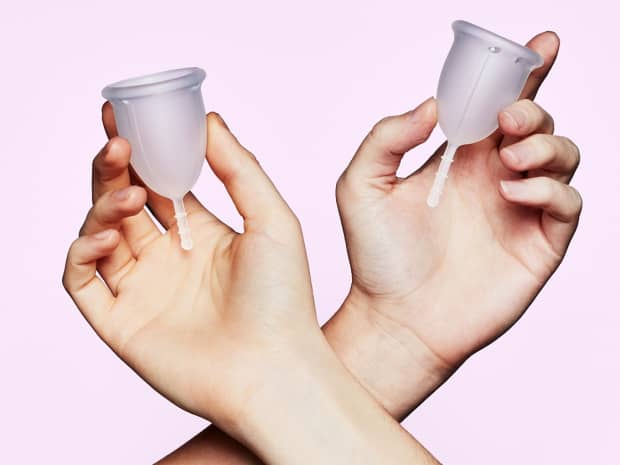
We've pulled the top 18 nontoxic feminine care products as determined by Grove members. Select from any on the list and get them delivered to your door!